For many homeowners, the garage becomes a storage spot for relics of the past, tools that once seemed indispensable but now collect more dust than utility. Technology, improved design, and safer alternatives have made many older tools obsolete. While some hold nostalgic value, the reality is that modern replacements perform better, faster, and more efficiently. If you’re wondering which garage tools you can finally retire, here’s a list of 12 outdated items that no longer serve a real purpose in today’s homes.
1. Manual Drill ( Popular in the 1900s)
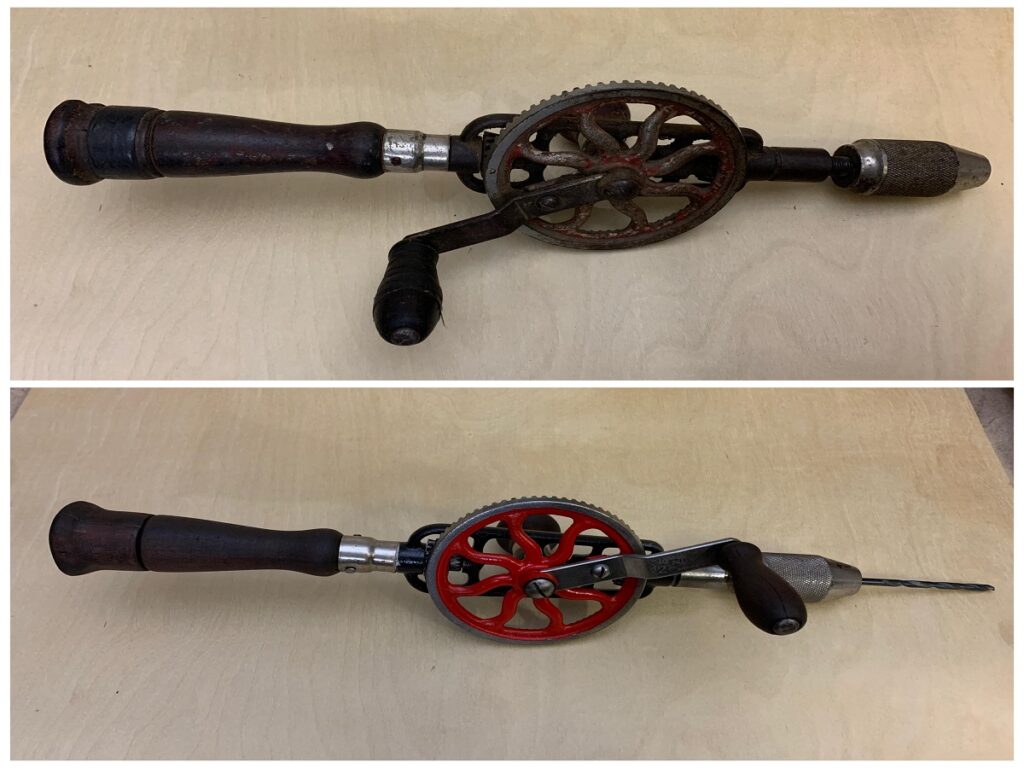
The hand-crank drill, often called an eggbeater drill, was introduced in the late 19th century and became widely popular in early 1900s workshops. While it served its purpose for small woodworking tasks, the invention of the power drill in the 1920s quickly overshadowed it. Today, cordless electric drills with multiple speed settings and lithium-ion batteries make the manual drill unnecessary. Unless you’re a collector or enjoy antique hand tools, this once-prized item has little use beyond decoration.
2. Hand-Crank Grinder (Popular in the 1910s)
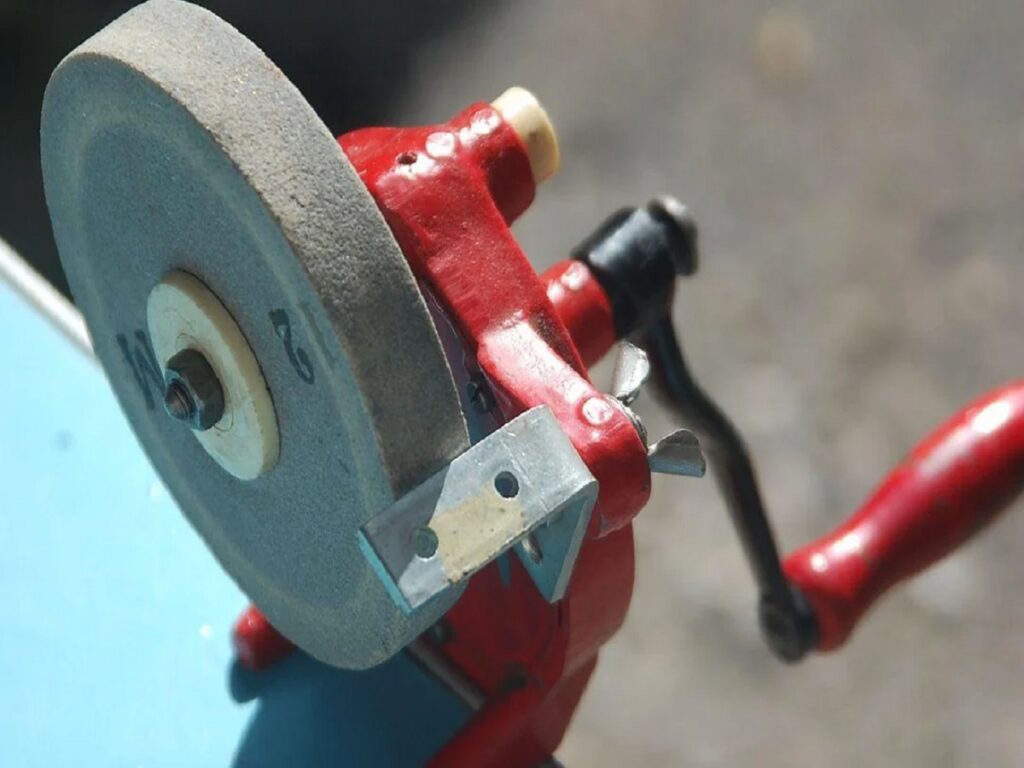
Before electric bench grinders became standard, homeowners relied on hand-crank grinders to sharpen blades, knives, and garden tools. Introduced around the 1910s, these devices demanded physical effort and often lacked precision. Electric models now dominate, offering more consistent sharpening results with minimal time investment. A hand-crank grinder might still be spotted at flea markets or antique shops, but in a modern garage, it’s little more than a reminder of how labor-intensive basic tasks once were.
3. Oil Can with Spout (Commonly used in the 1920s)
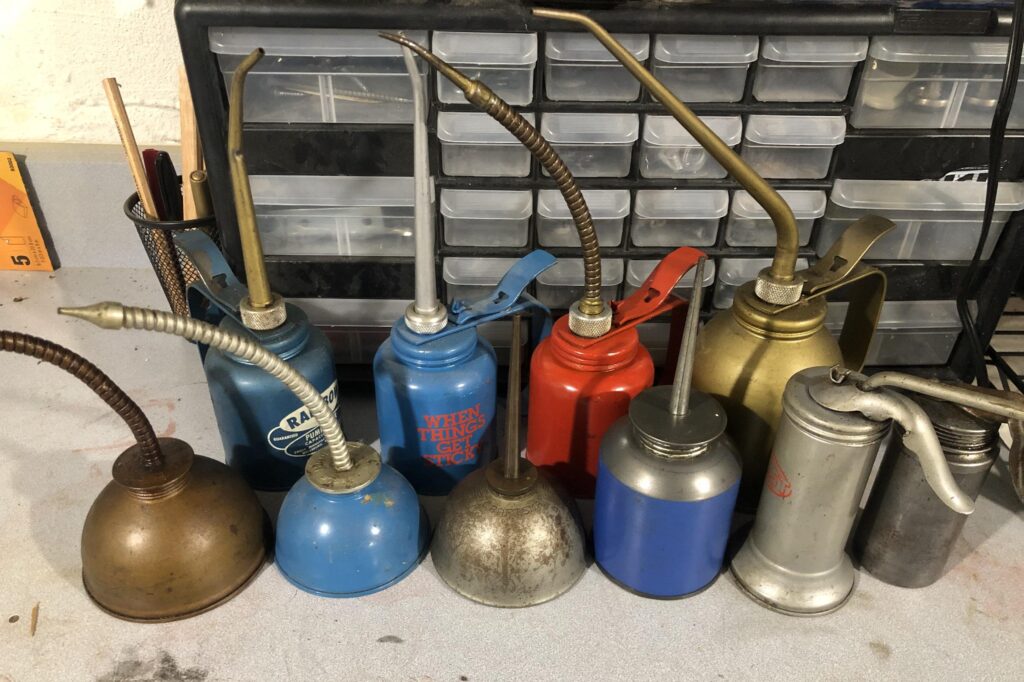
Metal oil cans with long spouts were once essential for lubricating everything from squeaky hinges to car engines. Introduced in the 1920s, they were popular before aerosol spray lubricants were invented in the mid-20th century. Today, products like WD-40 and precision applicator oils make them irrelevant, offering better control and cleaner use. While oil cans have a certain vintage charm and may appeal to collectors, they have no practical place in a garage that already benefits from modern lubricants.
4. Push Reel Lawn Mower (Popular in the 1870s)
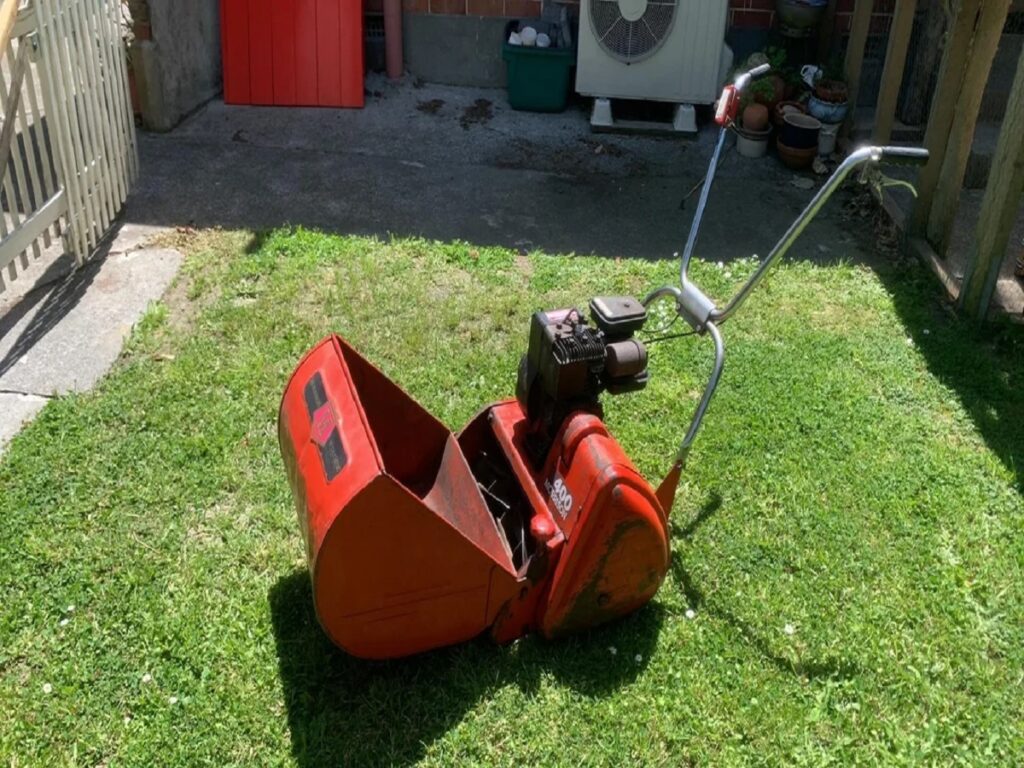
The push reel mower, patented in 1830 but made widely popular in the 1870s, once defined lawn care. By manually spinning blades as the user pushed forward, it offered a greener but physically demanding alternative. Today, gas and electric lawn mowers perform the same job faster and with far less effort. While reel mowers are still manufactured for eco-conscious gardeners with very small lawns, most homeowners find them outdated. In a modern garage, they usually sit rusting rather than cutting grass.
5. Hand Auger ( Common in the 1800s)
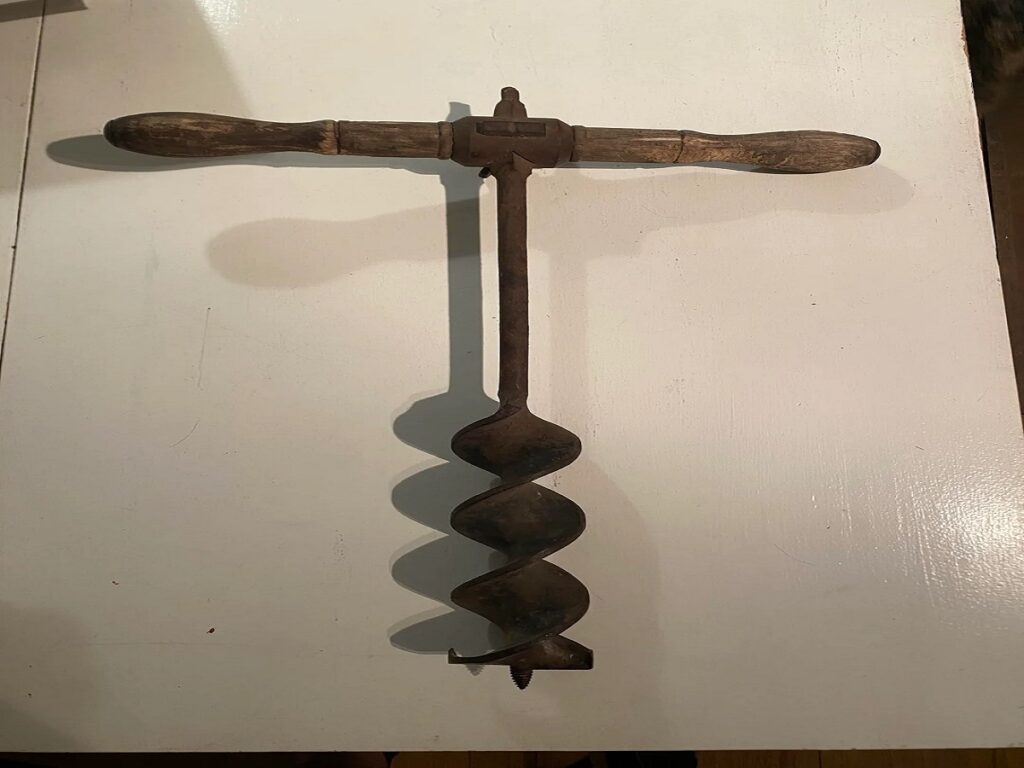
The hand auger, a corkscrew-like drill with a wooden handle, was a staple in the 1800s and early 1900s for boring holes into wood. It required significant manual strength and control, making even simple projects time-consuming. The rise of corded and later cordless power drills made hand augers nearly extinct. Today, unless you’re practicing historical woodworking techniques or engaging in niche carpentry, this tool sits forgotten. Its design speaks more to craftsmanship history than practical modern use.
6. Brace and Bit Drill (Popular around the 1850s)
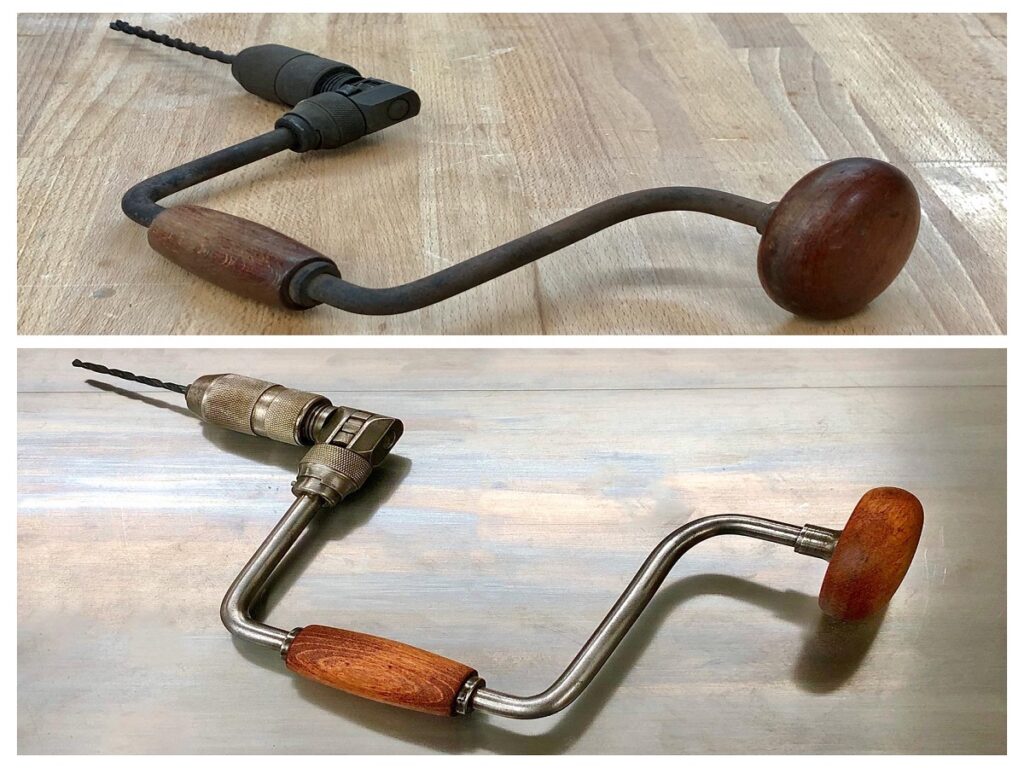
Introduced in the mid-1800s, the brace and bit was the next evolution after the hand auger, giving users a cranking mechanism to bore deeper, wider holes in wood. While revolutionary in its time, it became redundant with the development of portable power drills in the early 20th century. Today, a brace and bit in your garage is more of a museum piece than a functional tool. Woodworkers now rely on compact drills that cut through multiple materials with ease and precision.
7. Metal File with Wooden Handle ( Popular in the Early 1900s)
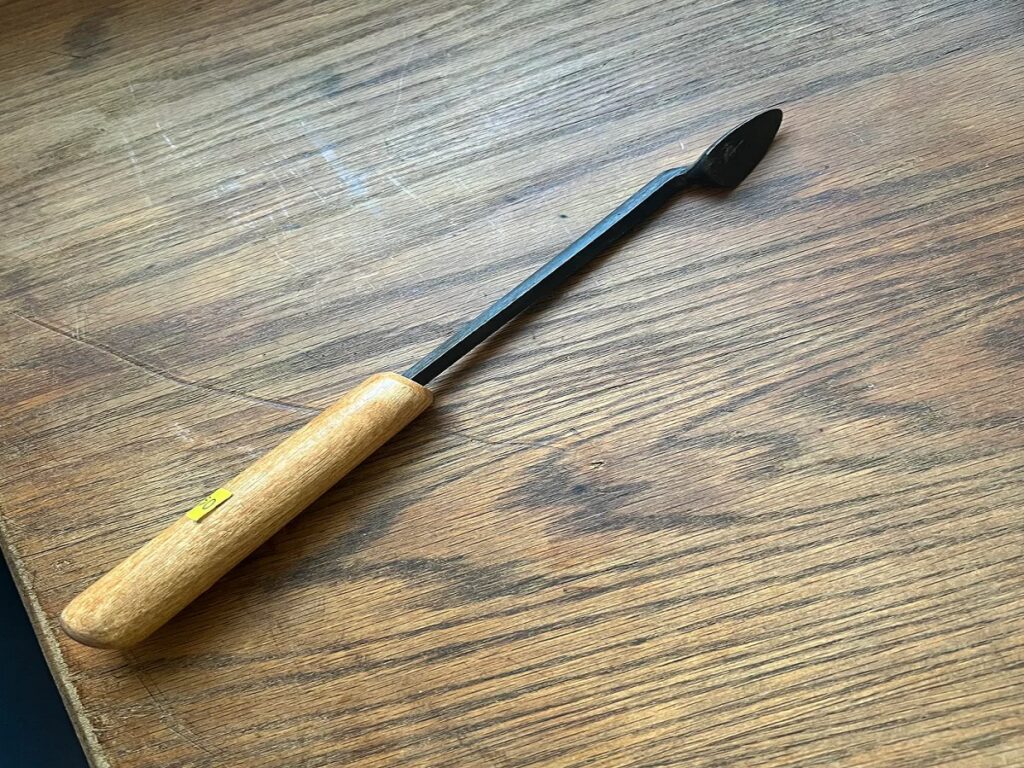
Metal files, especially with hand-carved wooden handles, were common in garages of the early 20th century for smoothing sharp edges and reshaping parts. However, modern grinders, sanders, and rotary tools have replaced their role, offering efficiency and accuracy. While files are still made today, the older heavy versions with loose wooden handles are practically redundant. A worn-down metal file found in the garage often symbolizes another era when patience, strength, and repetition were key to any project.
8. Scythe for Yard Work ( Commonly used in the 1800s)
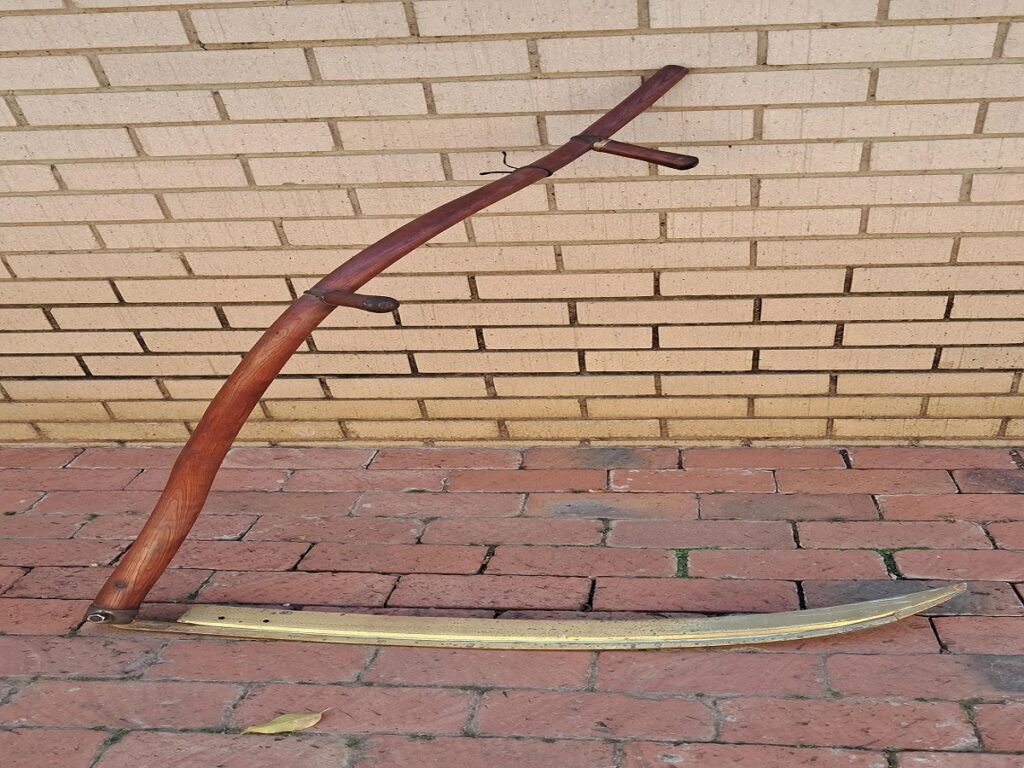
The scythe, with its long, curved blade and wooden handle, was the go-to tool for cutting grass and weeds before the invention of mechanical mowers. Popularized in the 1800s, it required skill and endurance to use properly. Today, gas trimmers and electric weed cutters make scythes obsolete for most households. While farmers and historical reenactors may still use them, a garage scythe often leans in a corner, unused. It’s a symbol of old-fashioned yard work long past its prime.
9. Tire Bead Breaker Bar ( Popular in the 1930s)
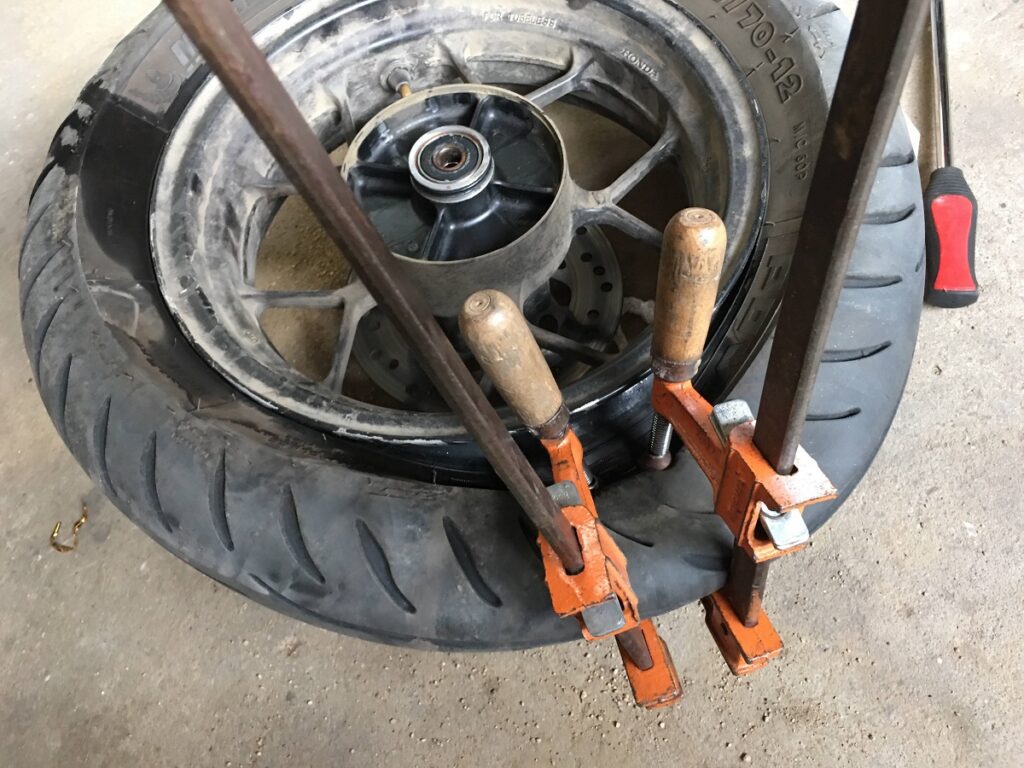
In the 1930s, tire bead breaker bars became essential for manually separating rubber tires from steel rims. Before automated machines, mechanics often relied on pure strength and leverage. These tools have largely disappeared from home garages, replaced by hydraulic tire changers and compact roadside kits. While handy decades ago, they’re now an unnecessary burden. In today’s world of quick roadside services and compact emergency kits, a bead breaker bar simply doesn’t justify the space it takes up.
10. Hand-Powered Air Pump ( Common in the 1920s)
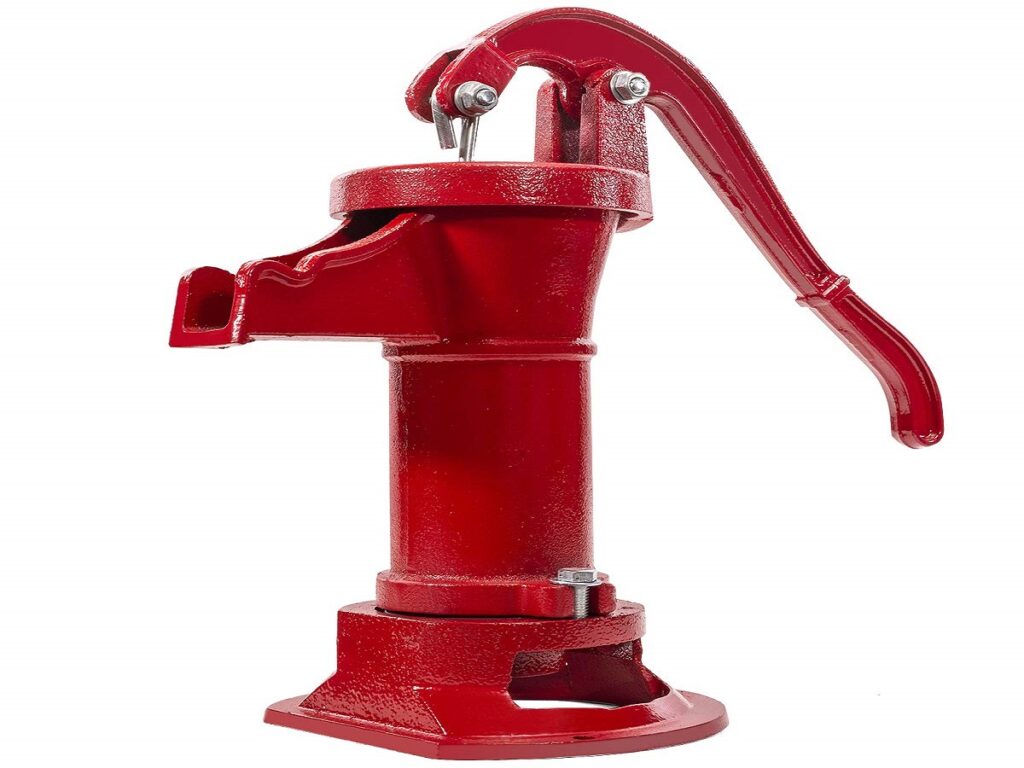
Before compact electric compressors became standard, hand-pumped air inflators were the only way to fill car or bike tires at home. Introduced around the 1920s, these steel-bodied pumps worked but demanded time and physical effort. Modern garages now house portable electric air compressors or rechargeable inflators that do the job in minutes. Unless used as a backup or emergency tool, hand-powered air pumps remain outdated, bulky, and often unreliable compared to today’s compact and powerful alternatives.
11. Socket Wrench with Fixed Sizes (Popular in the 1940s)
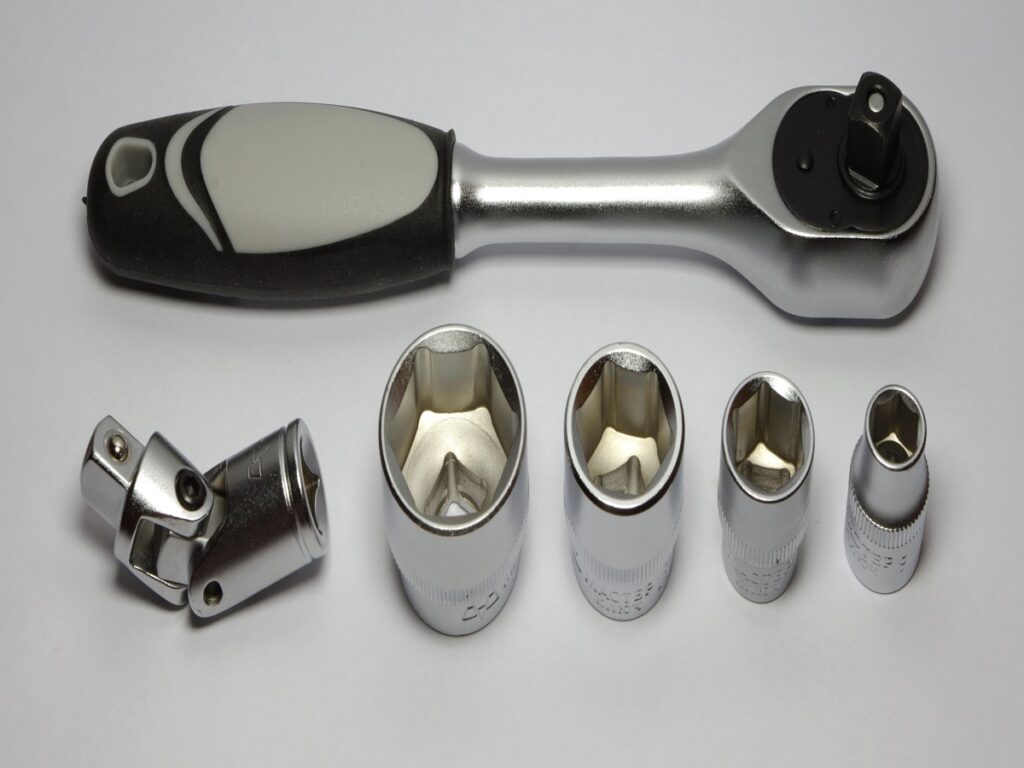
Fixed-size socket wrenches were a staple in the 1940s when adjustable sets were expensive and less common. Homeowners often kept several single-size sockets on hand to handle various bolts. Today, modern ratchet sets, torque wrenches, and adjustable spanners make fixed-size sockets nearly useless. While still functional, they take up unnecessary space compared to versatile tools. A box of mismatched, rusted fixed sockets in the garage now feels more like clutter than equipment worth keeping.
12. Hand-Powered Screwdriver Drill (Common in the 1930s)
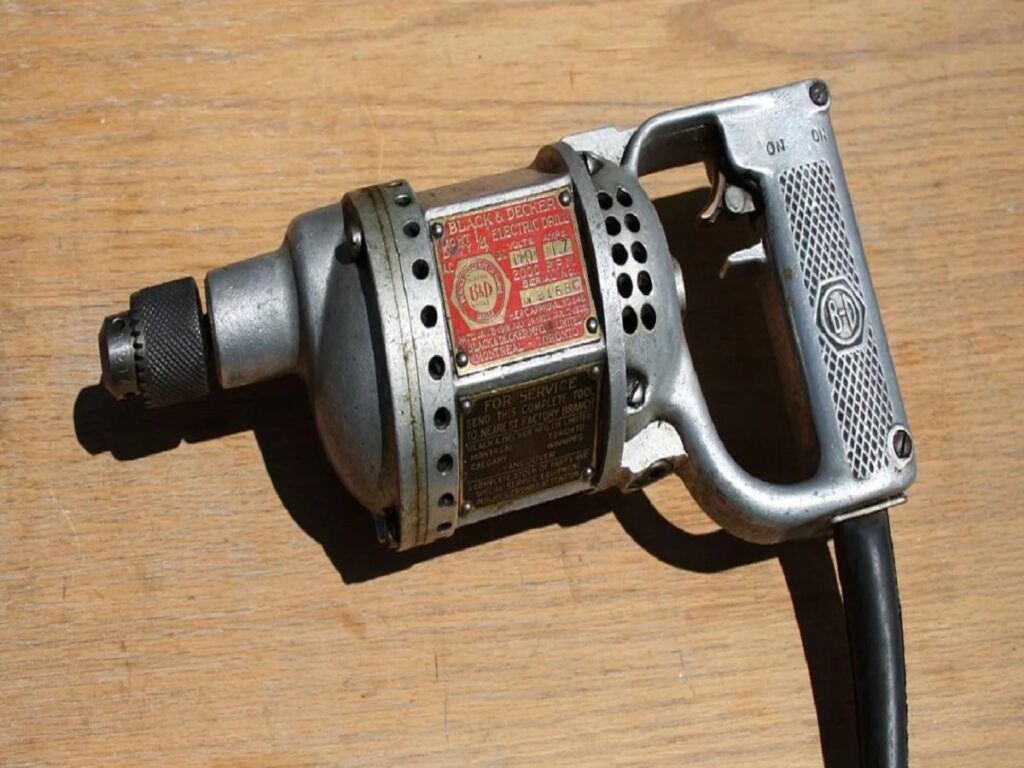
Long before cordless screwdrivers hit the market, hand-powered screwdriver drills, essentially oversized screw-turning tools, were standard in garages. Popularized in the 1930s, they worked well for simple jobs but were slow and physically tiring. Cordless screwdrivers and power drivers now dominate, offering speed and precision. The hand-powered screwdriver drill has all but vanished from modern toolkits. If you stumble across one in your garage today, it’s more a curiosity of the past than a tool you’d ever actually reach for.
Comments